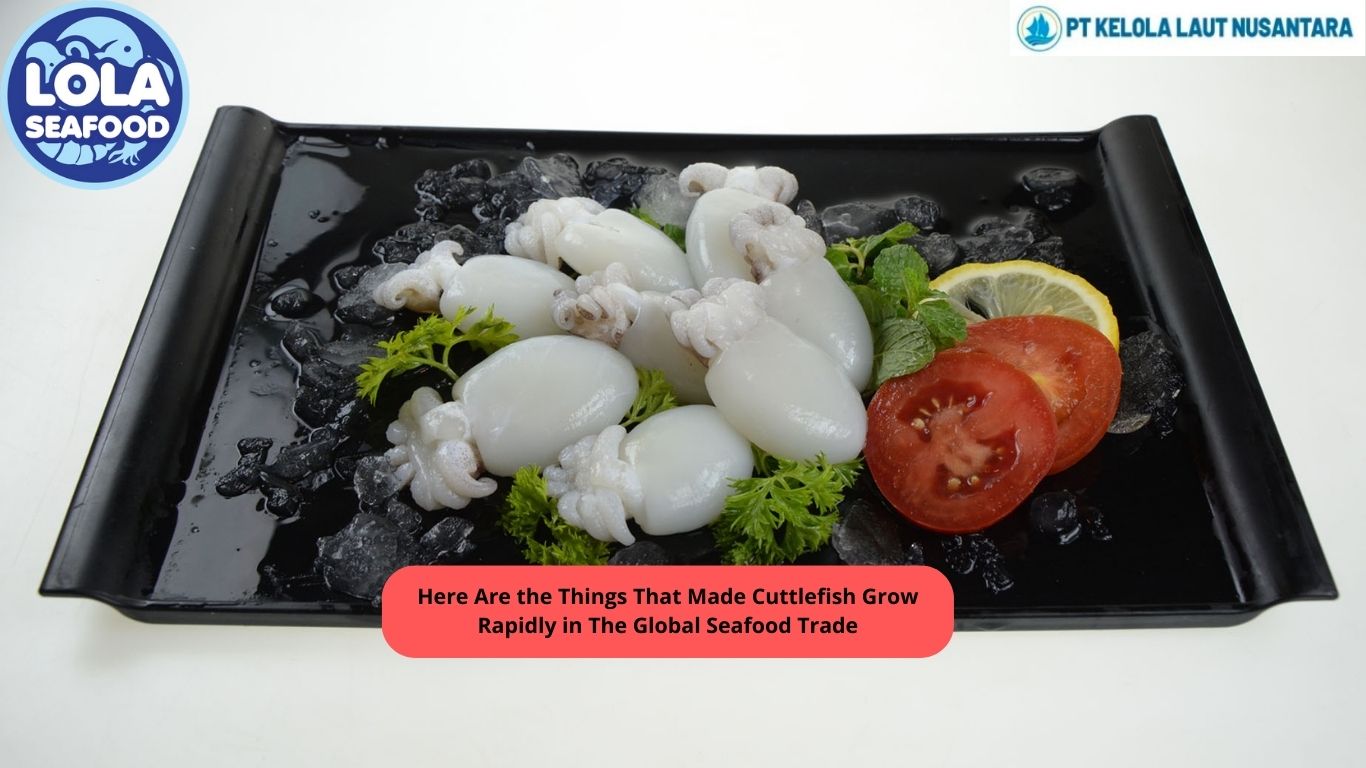2 Types Of Potential Tuna Poisoning
By. Nevanda - 28 Jun 2023
kelolalaut.com - The commercial appeal of tuna stems from its wide availability and accessibility. Tuna is caught in both wild fisheries and aquaculture operations, ensuring a steady supply throughout the year. It is often processed and sold in different forms, including canned tuna, which provides convenience and extends its shelf life.
Tuna, like many other types of fish, can harbor bacteria, including histamine-producing bacteria. When tuna is not handled and stored correctly, these bacteria can multiply rapidly, leading to the conversion of histidine into histamine. By ensuring proper handling and storage, such as promptly chilling the fish after catch and maintaining it at low temperatures, bacterial growth can be inhibited, reducing the risk of histamine formation.
Read also: 6 Aquaculture Effects On Environment
Tuna poisoning can refer to two different conditions: scombroid poisoning and mercury poisoning.
1. Scombroid poisoning: This type of poisoning is caused by the consumption of certain types of fish, including tuna, that have not been properly stored or refrigerated. When fish like tuna are not chilled at low temperatures after being caught, histamine-producing bacteria can multiply and convert histidine (an amino acid present in fish flesh) into histamine. Histamine is a toxin that can cause scombroid poisoning when ingested. Symptoms of scombroid poisoning typically appear within a short time after consuming contaminated fish and may include flushing, headache, sweating, dizziness, nausea, vomiting, and diarrhea.
2. Mercury poisoning: Mercury is a toxic heavy metal that can accumulate in the tissues of certain fish, including some species of tuna. Larger predatory fish like tuna tend to accumulate more mercury because they consume smaller fish that themselves contain mercury. When humans consume fish contaminated with high levels of mercury over a long period, it can lead to mercury poisoning. Symptoms may include neurological problems, cognitive difficulties, muscle weakness, and other health issues. It is important to note that not all tuna species have high levels of mercury, and guidelines exist to help consumers make informed choices about the types and amounts of fish they consume.
Read also: 5 Advantages Of Fish Salting Method
To minimize the risk of both scombroid poisoning and mercury poisoning, it is recommended to handle and store fish properly, ensuring that it is refrigerated or frozen at appropriate temperatures. Additionally, following local guidelines and advisories regarding fish consumption can help mitigate the risk of mercury poisoning.
Read also: 5 Stages Of Lobster’s Life Cycle
.jpg)
 (1).png)


.jpg)
.jpg)
.jpg)

 (3).png)